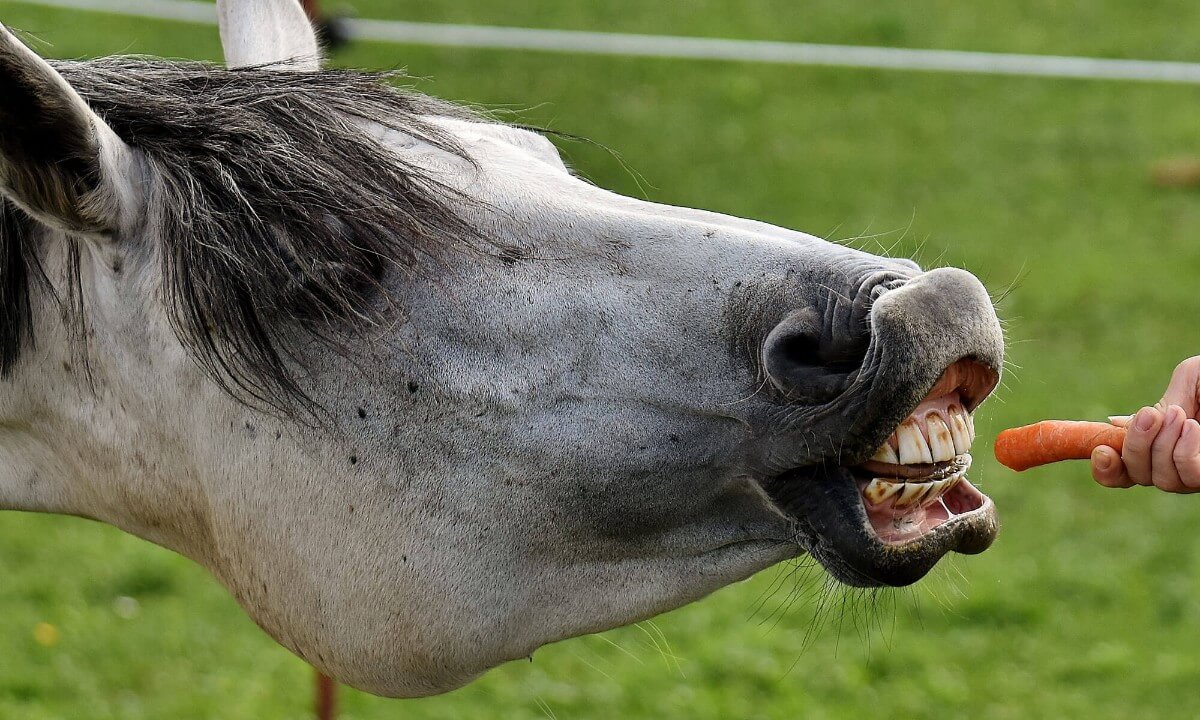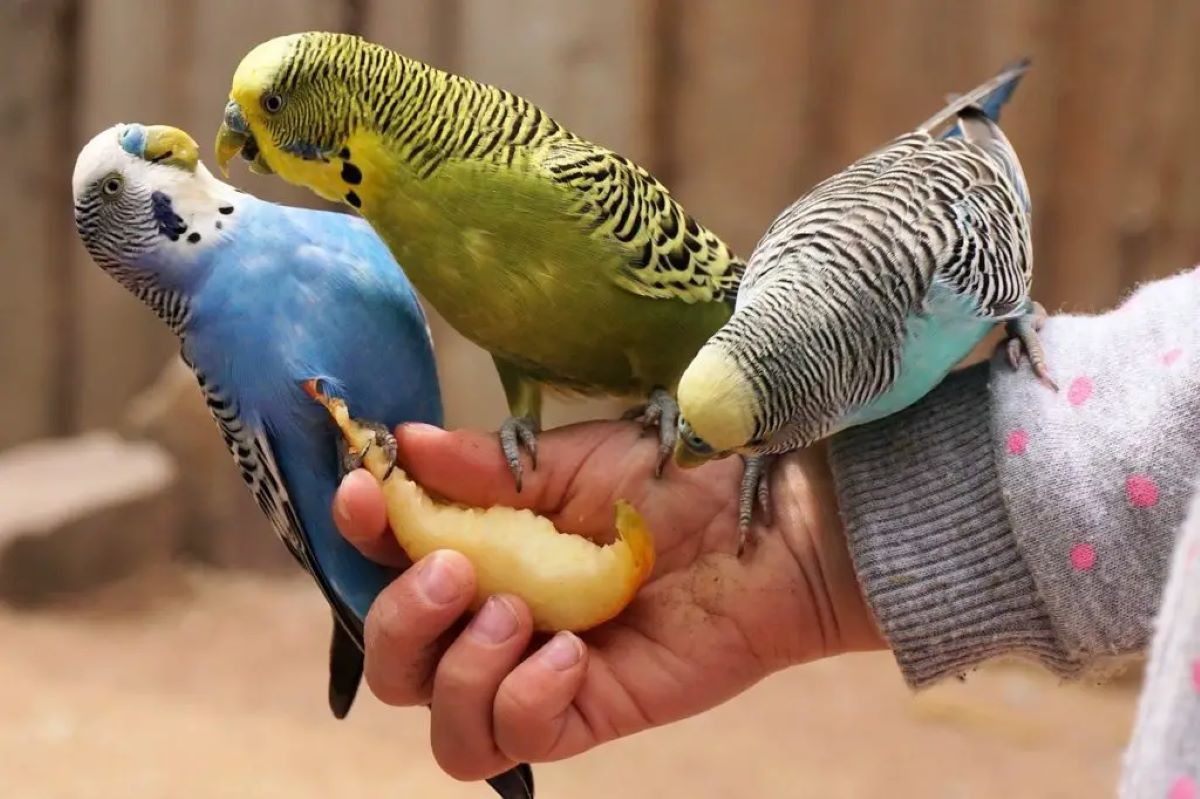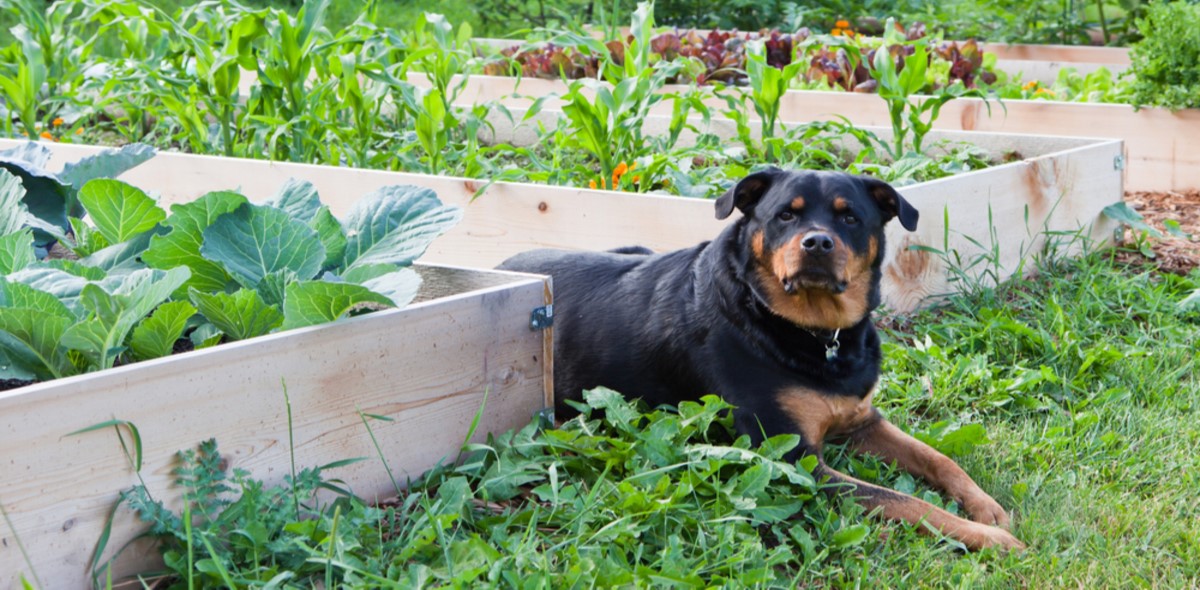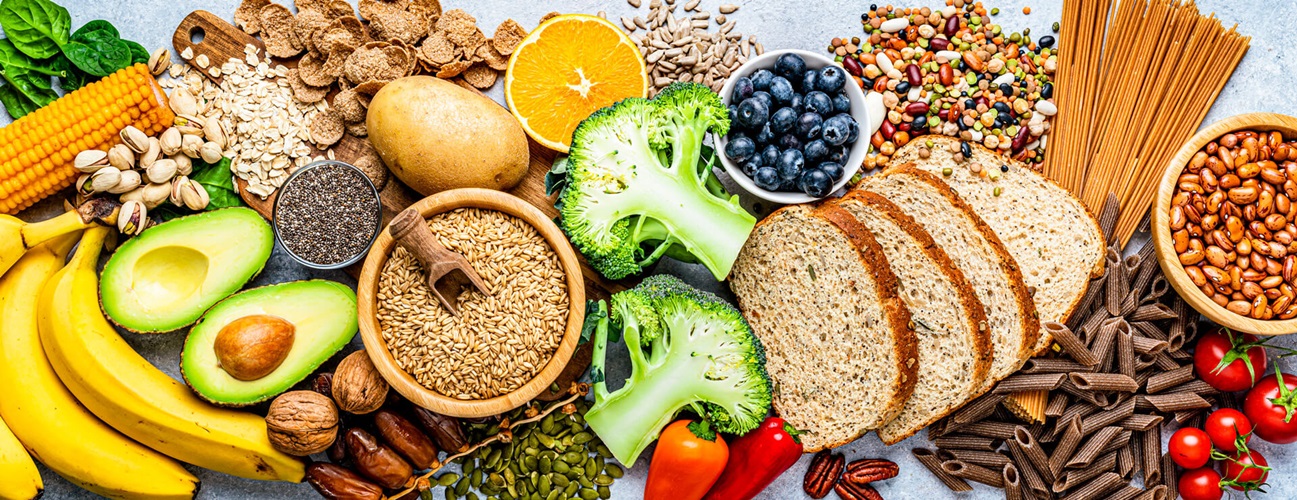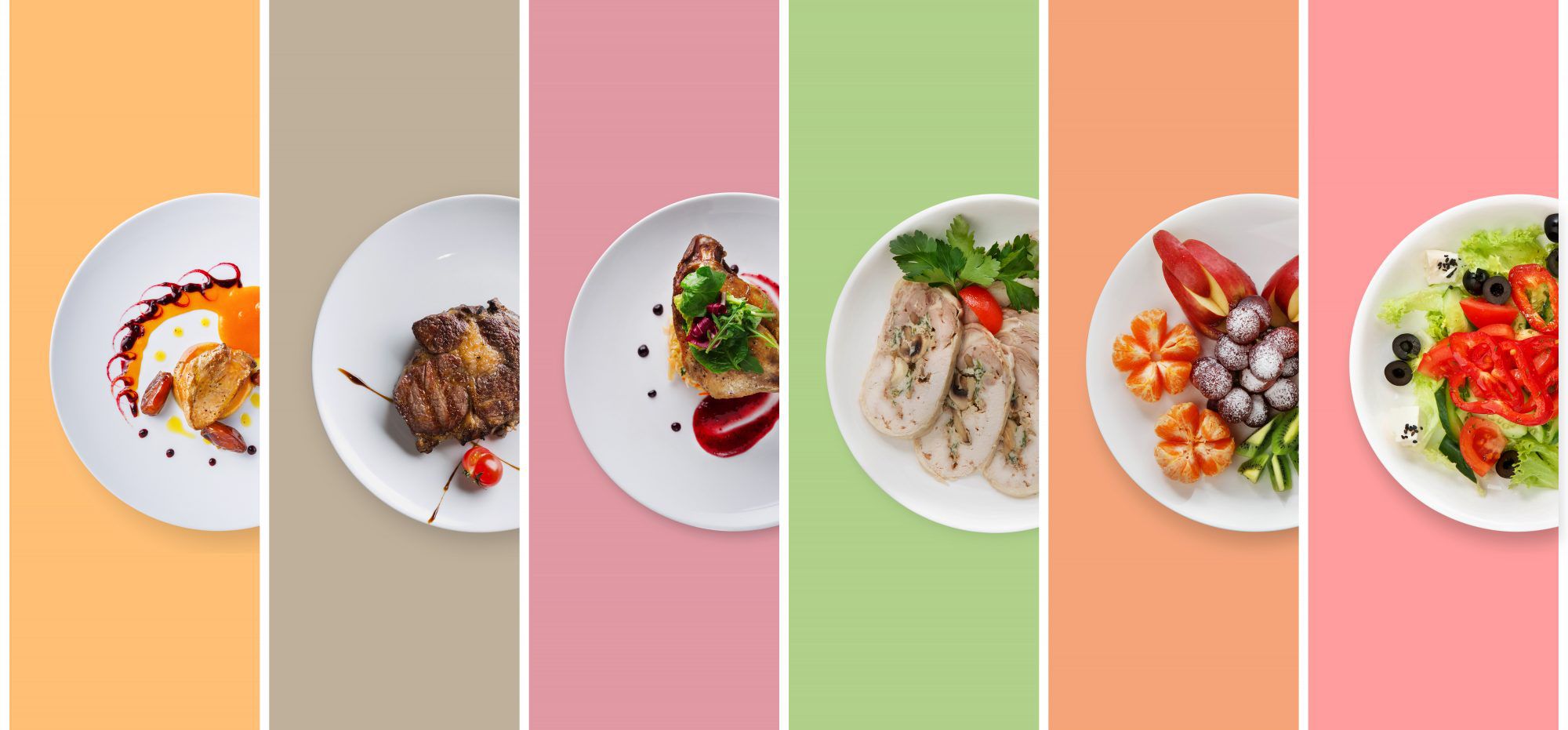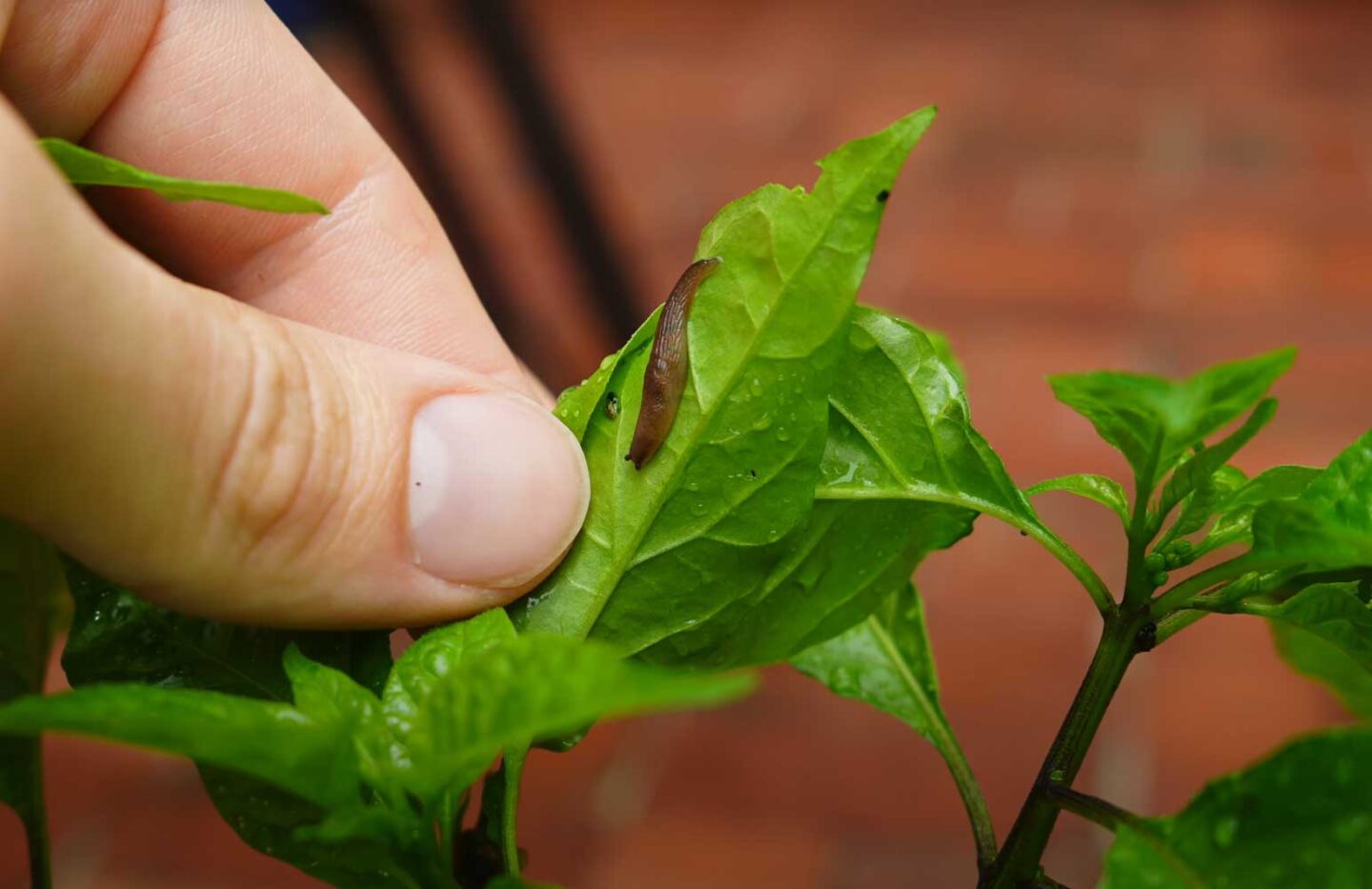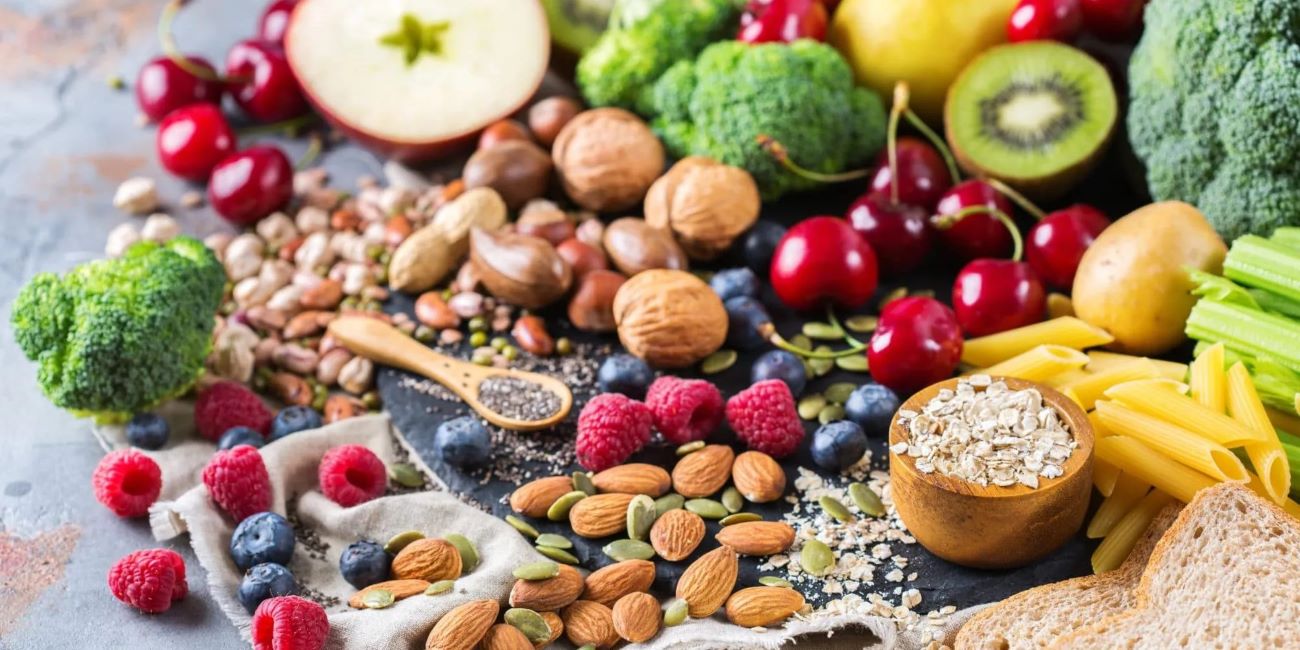Home>Gardening News and Trends>Latest News>What Vegetables Can My Dog Eat
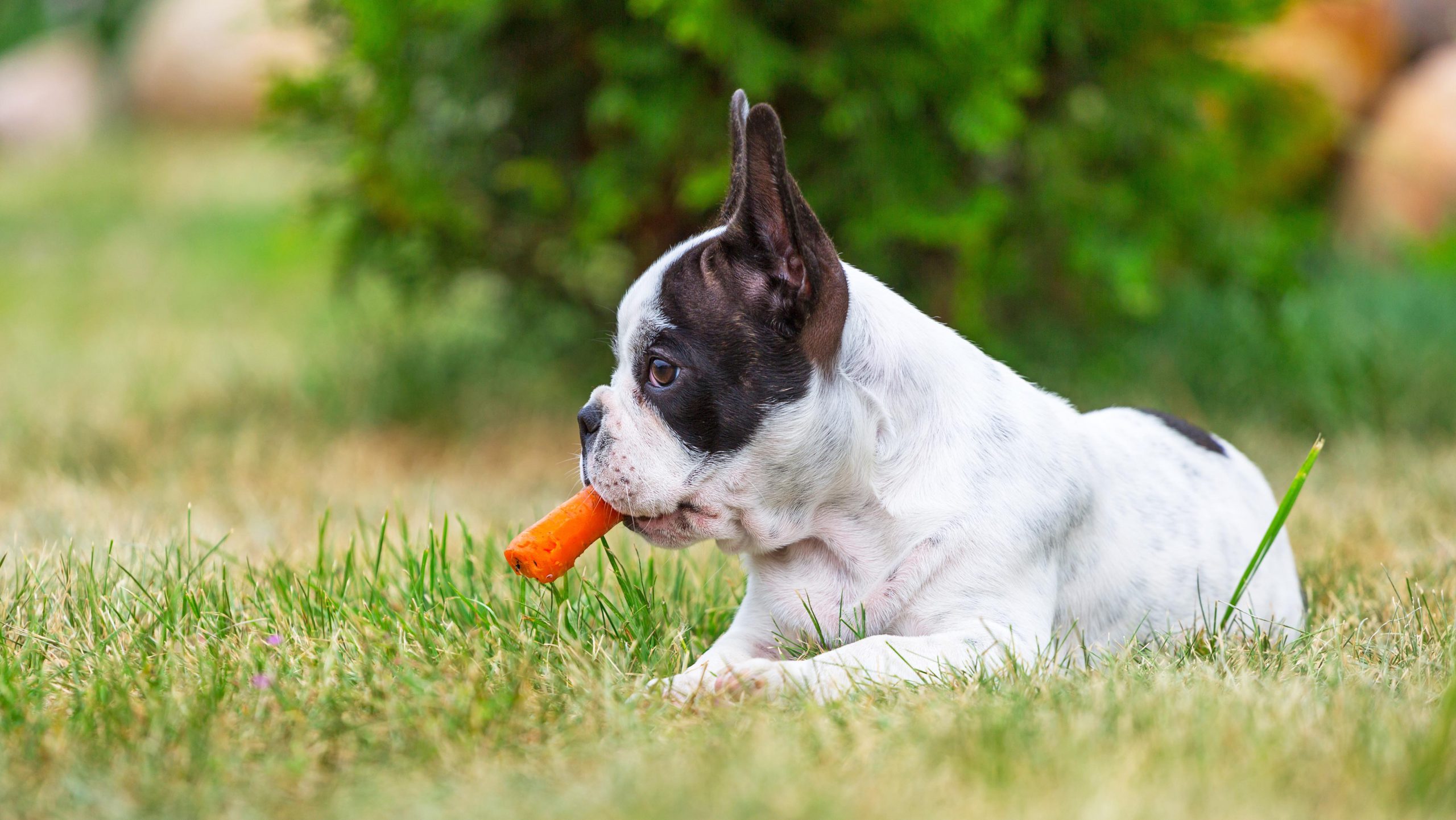

Latest News
What Vegetables Can My Dog Eat
Published: October 12, 2023
Discover the latest news on what vegetables are safe for your dog to eat. Keep your furry friend healthy with our helpful guide and recommendations.
(Many of the links in this article redirect to a specific reviewed product. Your purchase of these products through affiliate links helps to generate commission for Chicagolandgardening.com, at no extra cost. Learn more)
Table of Contents
Introduction
Welcome to our comprehensive guide on feeding vegetables to your furry friend – your dog! As a responsible and caring pet owner, you always want to ensure that your canine companion receives a balanced and nutritious diet. While dog food formulated specifically for dogs is essential, incorporating vegetables into their meals can provide additional health benefits.
Just like humans, dogs can benefit from the vitamins, minerals, and fiber found in various vegetables. Adding vegetables to their diet can help improve digestion, boost their immune system, and support overall health and well-being. However, it’s important to note that not all vegetables are safe for dogs to eat. Some may even be harmful. That’s why it’s crucial to know which vegetables are safe for your furry friend and how to properly prepare and serve them.
In this article, we will discuss the benefits of feeding vegetables to dogs, list the vegetables that are safe for them to consume, highlight the vegetables they should avoid or limit, and provide guidance on preparing and serving vegetables to your pup. Let’s dive in and explore the wonderful world of dog-friendly vegetables!
Benefits of Feeding Vegetables to Dogs
Feeding vegetables to your dog can offer a range of health benefits, similar to the advantages they provide for humans. Incorporating vegetables into your dog’s diet can:
- Boost nutrition: Vegetables are packed with essential vitamins and minerals that can enhance your dog’s overall nutrition. They can provide a natural source of vitamins A, C, and K, as well as minerals like potassium and folate.
- Improve digestion: The high fiber content in many vegetables can aid in digestion, promoting a healthy digestive system for your dog. It can also help regulate bowel movements and prevent constipation.
- Support weight management: Some vegetables, such as broccoli and carrots, are low in calories and high in fiber. Incorporating these into your dog’s diet can help them feel fuller for longer, assisting in weight management and preventing obesity.
- Boost the immune system: Certain vegetables, such as spinach and kale, are rich in antioxidants that can help strengthen your dog’s immune system. A strong immune system can protect your furry friend from various illnesses and promote better overall health.
- Promote oral health: Chewing on crunchy vegetables, such as carrots or celery, can help clean your dog’s teeth and reduce the risk of dental issues like plaque and tartar buildup. This can contribute to better oral hygiene and fresher breath.
Remember, while vegetables can provide additional health benefits for your dog, they should not replace a complete and balanced diet specifically formulated for dogs. It’s always best to consult with your veterinarian before making any changes to your dog’s diet, including incorporating vegetables.
Vegetables Safe for Dogs to Eat
When it comes to feeding vegetables to your furry friend, there are several safe options that can provide a nutritious boost to their diet. Here are some vegetables that are generally safe for dogs to eat:
- Carrots: Carrots are an excellent choice for dogs. They are low in calories and high in fiber, making them a great snack that promotes dental health and supports weight management.
- Green beans: Green beans are a good source of vitamins and minerals. They are low in calories and high in fiber, which can aid in digestion and contribute to a healthy weight.
- Sweet potatoes: Sweet potatoes are rich in dietary fiber and contain important nutrients like vitamin A and C. They can be served boiled, mashed, or even baked for a tasty treat.
- Cucumbers: Cucumbers are hydrating and have a high-water content. They are low in calories and can be a refreshing and crunchy snack for your dog while providing hydration.
- Broccoli: Broccoli is a nutrient-rich vegetable that is safe for dogs. It is packed with vitamins, minerals, and fiber, making it a healthy addition to their diet, but should be given in moderation.
While these vegetables are generally safe for dogs, it’s essential to introduce new foods gradually and monitor your dog’s response. Some dogs may have specific sensitivities or allergies, so it’s best to consult with your veterinarian if you have any concerns or notice any adverse reactions.
Vegetables to Limit or Avoid Giving to Dogs
While many vegetables are safe for dogs to eat, there are also some that should be limited or avoided altogether. These vegetables may contain certain substances or compounds that can be harmful to your furry friend. Here are some vegetables to limit or avoid giving to dogs:
- Onions and garlic: Onions and garlic, in any form (raw, cooked, powdered), can be toxic to dogs. They contain substances that can damage your dog’s red blood cells and lead to anemia. It’s crucial to keep these vegetables away from your furry friend’s reach.
- Mushrooms: Some varieties of mushrooms can be toxic to dogs. They can cause a range of symptoms, from gastrointestinal upset to organ failure. It’s best to avoid giving any mushrooms to your dog, especially wild or unidentified ones.
- Tomatoes: While ripe tomatoes are generally safe for dogs, the stems and leaves of the plant contain a toxic substance called solanine. These parts should be removed before giving any tomato to your furry friend.
- Avocado: Avocado contains a substance called persin, which can be toxic to dogs. It can cause gastrointestinal issues and should be avoided.
- Rhubarb and rhubarb leaves: Rhubarb and its leaves contain oxalates, which can be toxic to dogs. It’s best to avoid giving any part of the rhubarb plant to your furry friend.
These are just a few examples of vegetables that can be harmful to dogs. Always do your research and consult with your veterinarian before introducing any new foods to your dog’s diet. Additionally, be cautious about seasoning or adding sauces to vegetables, as certain ingredients like salt, butter, or spices can also be harmful to dogs.
How to Prepare and Serve Vegetables for Dogs
Preparing and serving vegetables for your dog requires some simple steps to ensure they are safe and easily digestible. Here are some tips on how to prepare and serve vegetables for your furry friend:
- Wash thoroughly: Before serving any vegetables, it’s important to wash them thoroughly to remove any dirt, pesticides, or bacteria that may be present on the surface.
- Cut into appropriate sizes: Depending on your dog’s size, cut the vegetables into small, bite-sized pieces to make them easier to chew and digest. Avoid giving large chunks that may pose a choking hazard.
- Cook or steam: While some vegetables can be served raw, others can be cooked or steamed to enhance their digestibility. Cooking or steaming can also make certain vegetables easier to chew and release more nutrients.
- Control seasoning: It’s essential to avoid adding seasonings, spices, butter, or oils to the vegetables. Dogs have more sensitive taste buds than humans, and certain ingredients can be harmful to them.
- Incorporate into meals: You can add the vegetables as a topping or mix them into your dog’s regular meals. This can provide variety and additional nutrients while ensuring your furry friend enjoys their food.
- Monitor your dog’s response: Pay attention to any adverse reactions or digestive issues that may occur after introducing new vegetables to your dog’s diet. If you notice any symptoms like vomiting, diarrhea, or decreased appetite, discontinue feeding the specific vegetable and consult with your veterinarian.
Remember, always introduce new foods gradually and in moderation. Each dog is unique, and their tolerances and preferences may vary. It’s crucial to tailor the portion sizes and frequency of vegetable intake to meet your dog’s individual needs.
Monitoring Your Dog’s Response to Vegetables
As a responsible dog owner, it’s essential to monitor your furry friend’s response when introducing new vegetables to their diet. While many dogs tolerate vegetables well, some may have specific sensitivities or allergies. Here are some key points to consider when monitoring your dog’s response to vegetables:
- Observe for digestive issues: Watch for any signs of digestive upset, such as vomiting, diarrhea, or excessive gas. These symptoms may indicate that the vegetable doesn’t agree with your dog’s stomach.
- Check for allergic reactions: Allergic reactions in dogs can manifest as itching, redness, swelling, or hives. If you notice any of these symptoms after your dog has consumed a particular vegetable, it may be best to remove it from their diet.
- Look out for changes in appetite: Vegetables should be an addition to your dog’s diet, not a replacement for their regular meals. If you notice a significant decrease in appetite after introducing vegetables, it may be a sign that your dog is not tolerating them well.
- Monitor stool consistency: Pay attention to your dog’s bowel movements. If you notice any significant changes in the color, consistency, or frequency of their stools after consuming vegetables, it’s worth investigating further.
- Consult with your veterinarian: If you have any concerns or notice any adverse reactions in your dog, it’s always best to consult with your veterinarian. They can provide you with guidance tailored to your dog’s specific needs and help determine if the vegetables are suitable for your furry friend.
Remember, every dog is unique, and what works for one dog may not work for another. It’s important to listen to your dog’s cues and make adjustments accordingly. By closely monitoring your dog’s response to vegetables, you can ensure their overall well-being and provide them with a diet that suits their specific needs.
Conclusion
Incorporating vegetables into your dog’s diet can be a healthy and beneficial choice, providing them with additional nutrients, fiber, and variety. However, it’s important to remember that not all vegetables are safe for dogs to eat. Some can be harmful or cause digestive issues, while others offer numerous health benefits.
When feeding vegetables to your furry friend, it’s crucial to select safe options such as carrots, green beans, sweet potatoes, cucumbers, and broccoli. These vegetables can provide valuable vitamins, minerals, and fiber that support your dog’s overall health and well-being.
Preparation is key when serving vegetables to dogs. Ensure that you wash the vegetables thoroughly, cut them into appropriate sizes, and consider cooking or steaming them for easier digestion. Avoid adding seasonings or ingredients that may be harmful to your dog.
It’s also essential to monitor your dog’s response to the vegetables. Pay attention to any digestive issues, allergic reactions, changes in appetite, or stool consistency. If any adverse reactions occur, it’s best to discontinue feeding the vegetable and consult with your veterinarian.
To provide a balanced and nutritious diet for your canine companion, it’s important to remember that vegetables should complement their regular meals and not replace them. Always consult with your veterinarian before making any changes to your dog’s diet, including incorporating vegetables.
By following these guidelines and monitoring your dog’s response, you can ensure that feeding vegetables to your furry friend becomes a safe and enjoyable addition to their diet. Remember, every dog is unique, so it’s important to tailor their vegetable intake to their specific needs and preferences.
